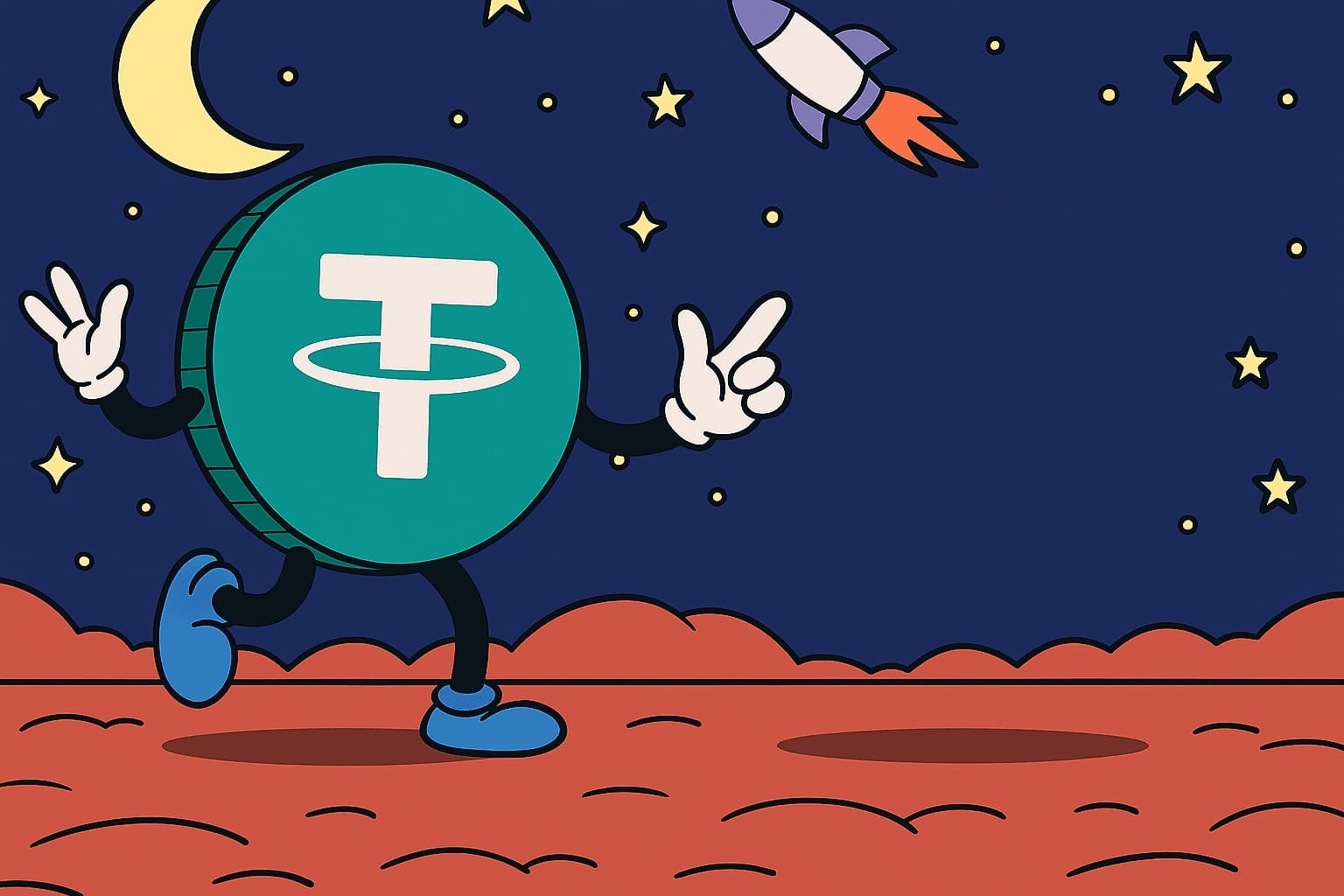USDT stays alive: Tether rethinks plan to freeze stablecoin on select networks

In a bit of a reversal, Tether is no longer planning to completely freeze USDT smart contracts on five blockchains. Instead, the stablecoin issuer will allow USDT to continue to function in a limited capacity on Omni Layer, Bitcoin Cash SLP, Kusama, EOS, and Algorand.
While users will still be able to transfer USDT tokens on these blockchains, Tether will no longer issue or redeem USDT directly on these chains. Tether says that these tokens will no longer be officially supported like other Tether tokens. The original plan was to stop providing support completely on 1 September.
Tether said they had changed their approach after getting feedback from the communities that use these discontinued blockchains. “After hearing what people in these communities who use the old blockchains had to say, Tether has decided to change how it does things and will not freeze the smart contracts on these networks,” they said in a statement.
The decision aligns with Tether’s overall strategy of focusing on crypto ecosystems with strong developer activity, scalability, and user demand, without completely abandoning chains it has supported for a long time. Only a small number of smart contract-based layer-1 blockchains have achieved widespread user adoption and practical use cases, with Tron and Ethereum being the two chains that Tether supports the most.
Tron and Ethereum dominate USDT adoption
Tron and Ethereum are the leading blockchains for USDT adoption, with $80.9 billion and $72.4 billion worth of USDT in circulation, respectively. BNB Chain comes in third with $6.78 billion.
Solana, along with Ethereum layer-2 chains Arbitrum and Base, are also thriving crypto ecosystems with significant stablecoin activity, although they tend to favor Circle’s USDC stablecoin over USDT.
Omni layer to be most affected
Looking at USDT balances across the affected blockchains, Omni Layer will be the most impacted by this change, as it holds $82.9 million USDT in circulation. The other networks have smaller USDT participation: EOS has $4.2 million, while Bitcoin Cash SLP, Algorand, and Kusama each have less than $1 million worth of USDT.
Tether’s move to sunset support for these blockchains has been underway for a couple of years. In August 2023, the company announced that it would no longer issue USDT on Omni Layer, Kusama, and Bitcoin Cash SLP. In June 2024, Tether stopped minting on EOS and Algorand.
The total market capitalization of stablecoins is currently $285.9 billion, led by USDT and USDC at $167.4 billion and $71.5 billion, respectively.
Stablecoin market expected to grow
Last month, US President Donald Trump signed the GENIUS Act into law, which analysts believe will boost the US dollar’s dominance by promoting stablecoins pegged to the dollar, rivaling other currencies, and reinforcing the dollar’s role as the world’s leading reserve currency.
The US Department of the Treasury anticipates that the stablecoin market will grow to $2 trillion by 2028.












